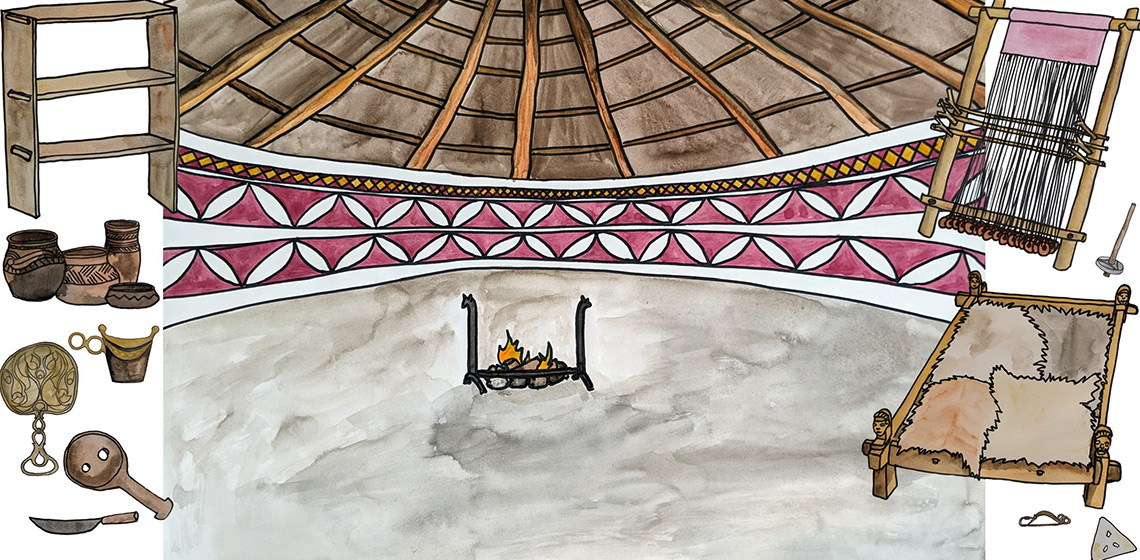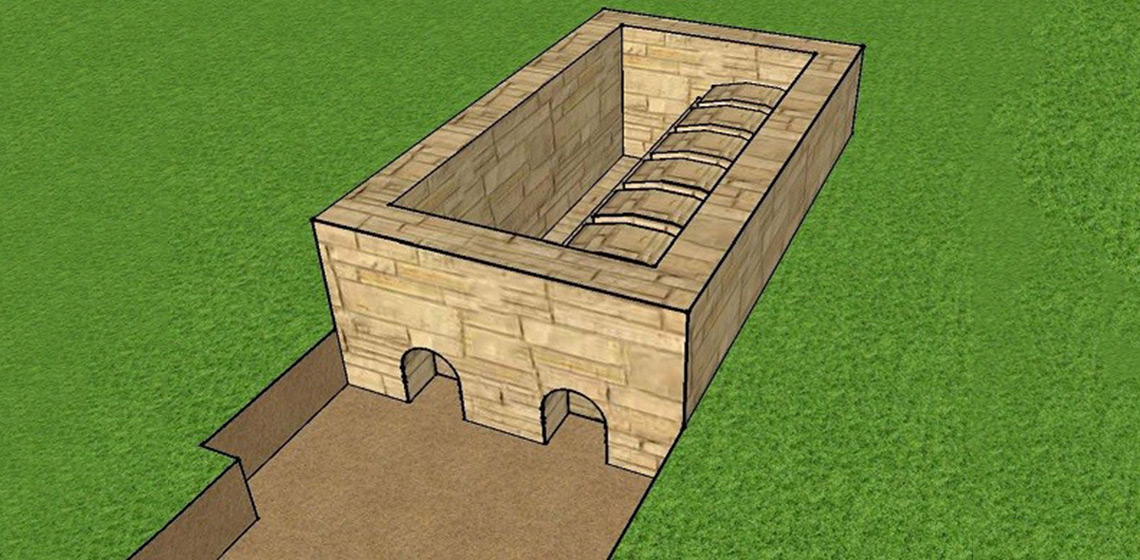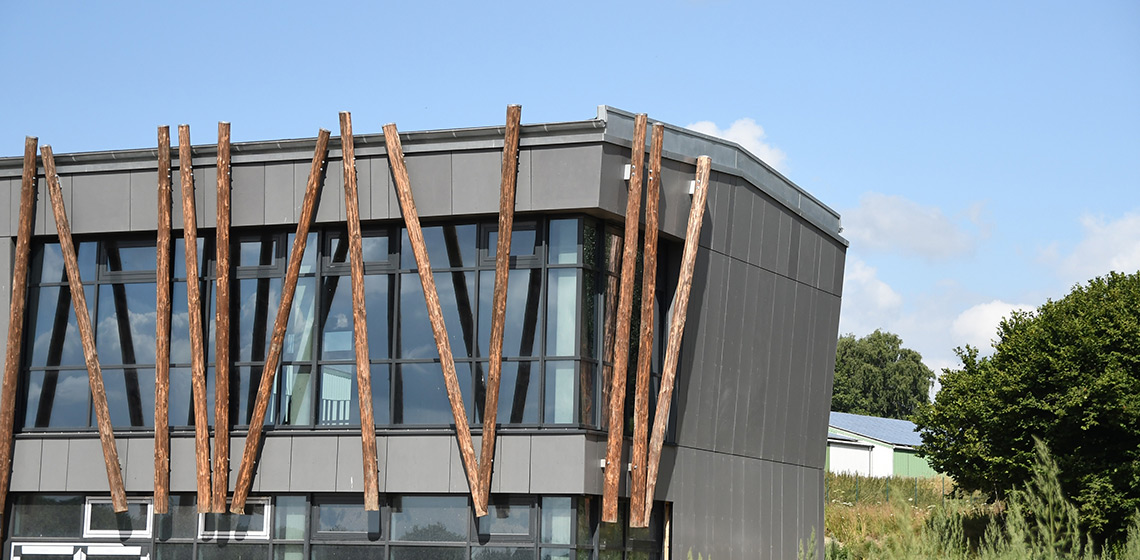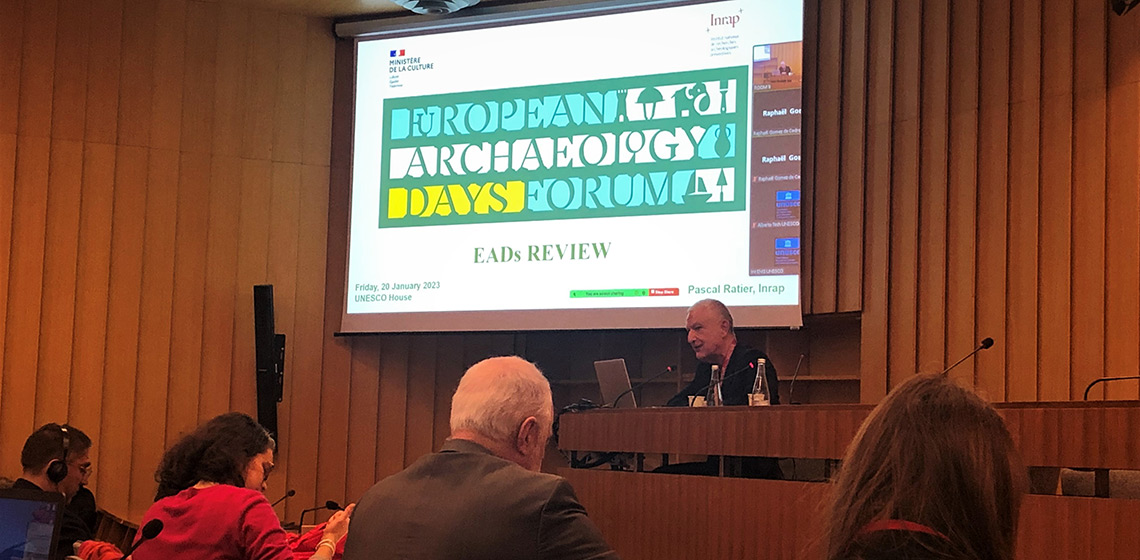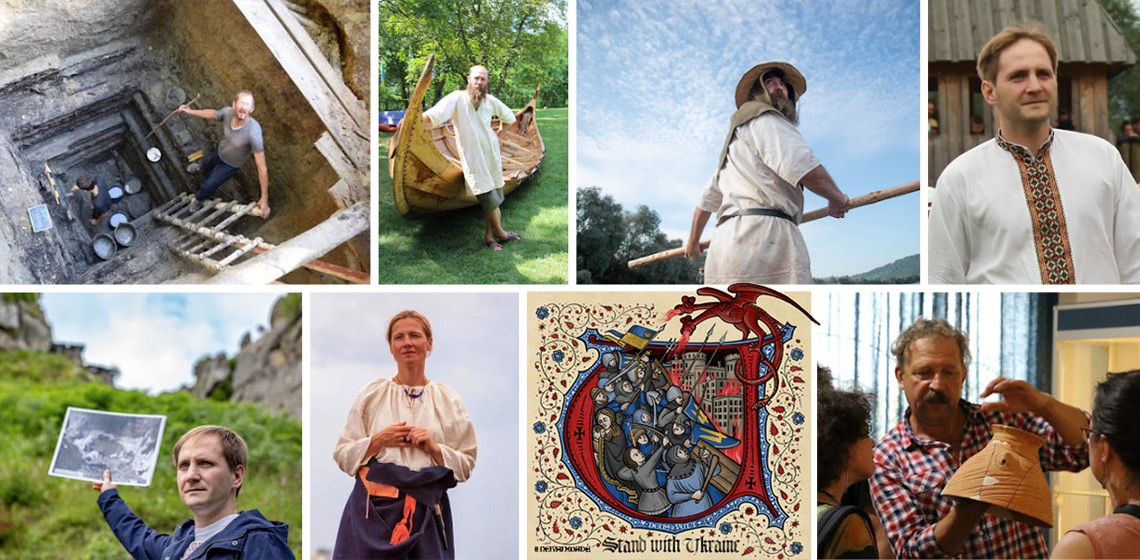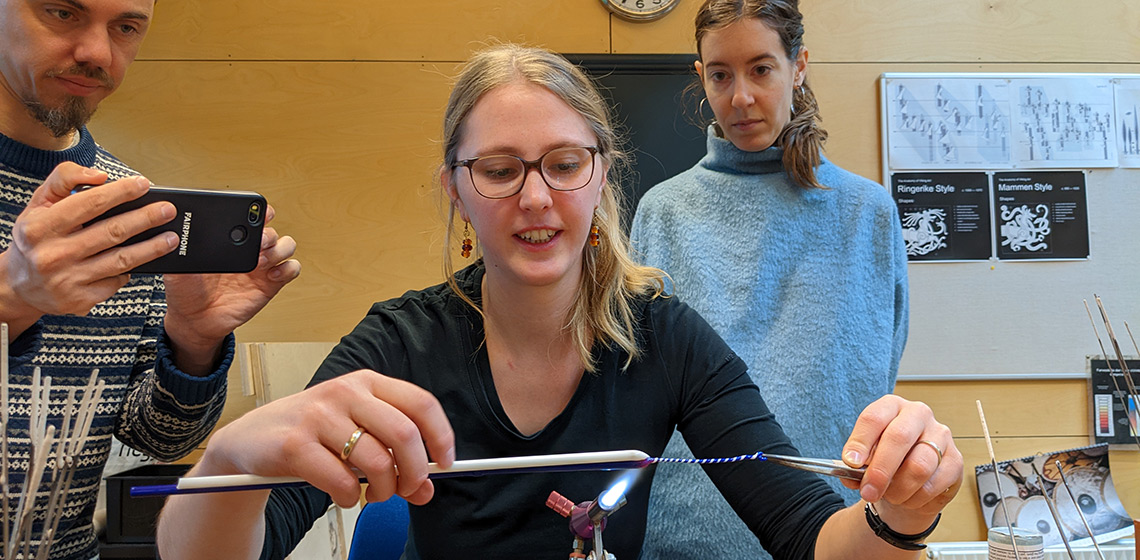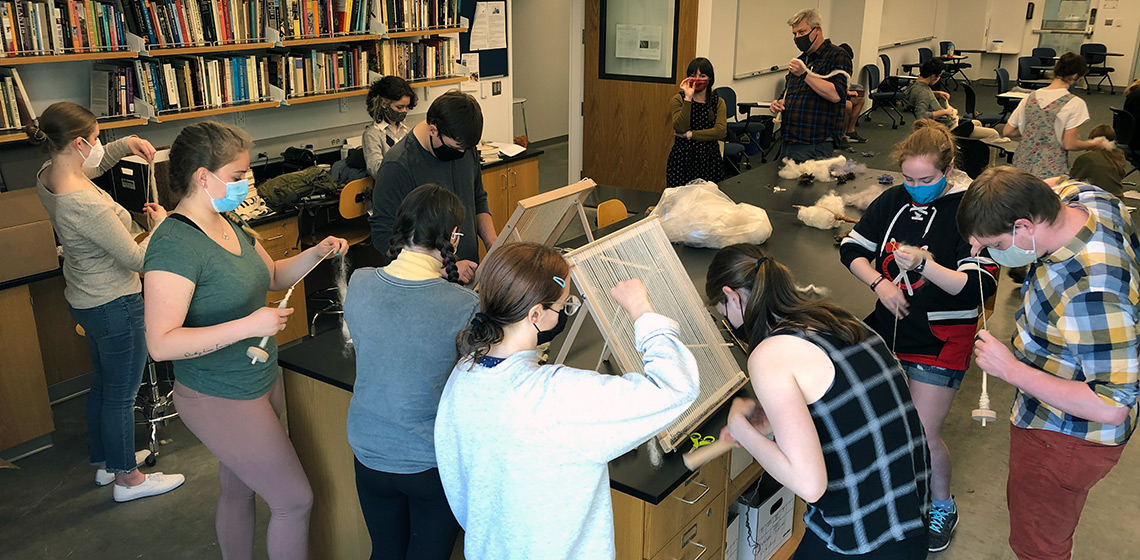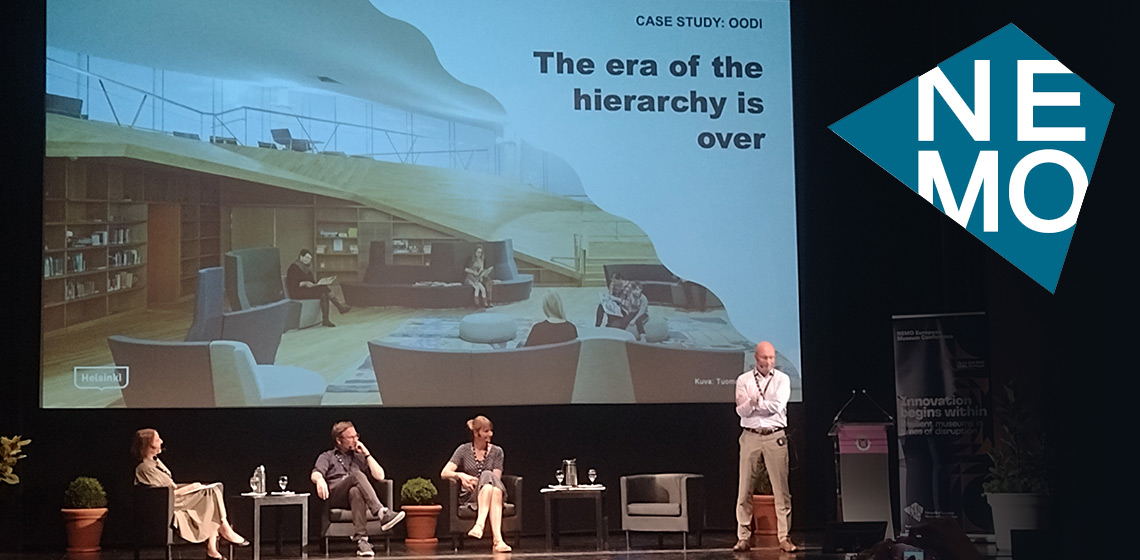Newest Era
Exploring the Potential of Shared Authority Projects in Open-Air Museums
Publication Date
#EAC12 World Tour 2021
***As our societies become more diverse and the demographics of heritage visitors change, many open-air museums are concerned about how to remain relevant. Making a shift to an activist approach is one way museums can evolve to better serve their visitors and community. Many traditional museums have adopted this approach, but relatively few open-air museums have done so...
***As our societies become more diverse and the demographics of heritage visitors change, many open-air museums are concerned about how to remain relevant. Making a shift to an activist approach is one way museums can evolve to better serve their visitors and community. Many traditional museums have adopted this approach, but relatively few open-air museums have done so...
Hard Fun: Further Discussions on an Undergraduate Project to (Re)Construct and Fire a Medieval Tile Kiln
Publication Date
This experiment, undertaken over a 12-month period in 2015 at Norton Priory Museum in Cheshire, formed part of a pedagogic case study and an experimental archaeology project. Here eight Archaeology and 12 Ceramics students from the University of Central Lancashire (UCLAN) researched, built, and fired a tile kiln using evidence from previous experimental archaeology projects on the site and other firing projects...
The Stone Age becomes Sustainable - Experiences from being an Educational Partner for Sustainable Development for more than 15 years
Publication Date
Since the year 2006 the Archaeological-Ecological Centre Albersdorf (AÖZA), Germany, has worked as an officially recognised partner for sustainable development on an institutional base for the Sustainable Development Goals of the UNO on a regional level. In this article the thematic background of the educational work in archaeology and ethnography will be ...
Conference Review: EXARC at the European Archaeology Days Forum in Paris 2023
Publication Date
On January 20, the INRAP, overall coordinator of the European Archaeology Days (EAD), invited the national coordinators as well as several partners of the event at the UNESCO in Paris for a day of get-together and discussions. 19 countries were represented during the Forum, with the participation of 26 national coordinators. Lygeri Papagiannaki represented EXARC...
Discussion: Heritage in Times of War - part 1
Publication Date
With the beginning of the full-scale war in Ukraine, along with the preservation of the integrity of the state and the preservation of people's lives, the issues of preserving cultural heritage and national identification became acute. The museums and nature reserves that did not fall under the occupation did not stop working...
Event Review: Experimental Archaeology in Denmark 2022
Publication Date
Following up on the inception meeting back in November 2021 it was clear that a meeting opportunity for researchers, museum workers, craftspeople and practitioners in experimental archaeology was missing. A year later it was interesting to follow up on the forum to see if it was actual viable and if there was a desire to continue in its current form.
Conference Review: The 6th CONEXP held between October 25-28 2022 at Pézenas (FR)
Publication Date
From 25 to 28 October 2022, we celebrated the 6th International Congress of Experimental Archaeology at Pézenas (France) with the support of the Experimental Association, EXARC, and several local and national French institutions that included INRAP. This Congress, which started in Santander (Cantabria) in 2005, and after that was organized in Ronda (Granada) 2008, Banyoles (Girona) 2011, Burgos 2014...
Launching an Experimental Archaeology Course at the Undergraduate Level
Publication Date
This article describes the process of designing and running a new course on Experimental Archaeology and Experiential History at a small liberal arts college in central Minnesota. We discuss the general methodological and pedagogical goals for the course, a representative three-week sequence of readings and labs based on the lives of shepherds, and the pedagogical and digital infrastructure...
Conference Review: Innovation begins within. Resilient museums in times of disruption, NEMO 2022
Publication Date
The Network of European Museum Organisations (NEMO) celebrated their yearly conference in October 2022 in Loulé, Portugal. More than 200 people attended. EXARC is a member of NEMO and we decided to take a look. The format of the conference was not tedious at all, and everything was well organised. This made it easy to take in the information from the presenters...
Obituary: Anne Reichert (10 June 1935 - 8 May 2022)
Publication Date
Shortly before her 87th birthday Anne Reichert, well known for her archaeological reconstructions throughout Europe, died at her home in Southern Germany. From the 1980s onwards she started her career as a freelance and self-taught experimental archaeologist...

